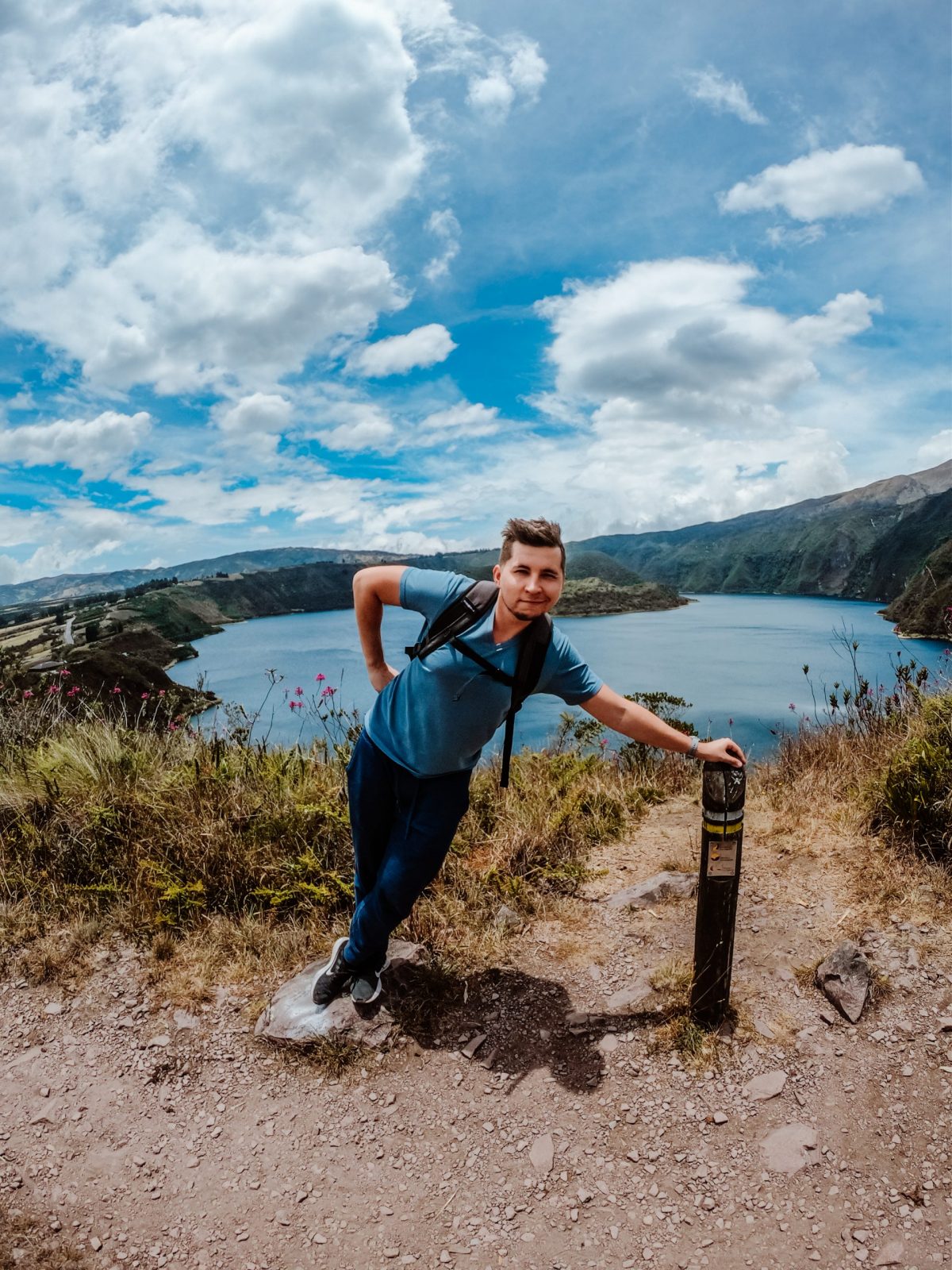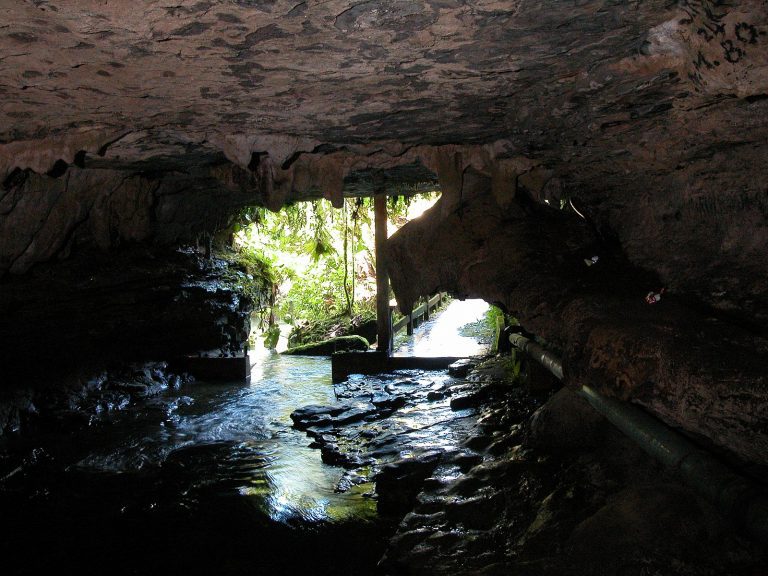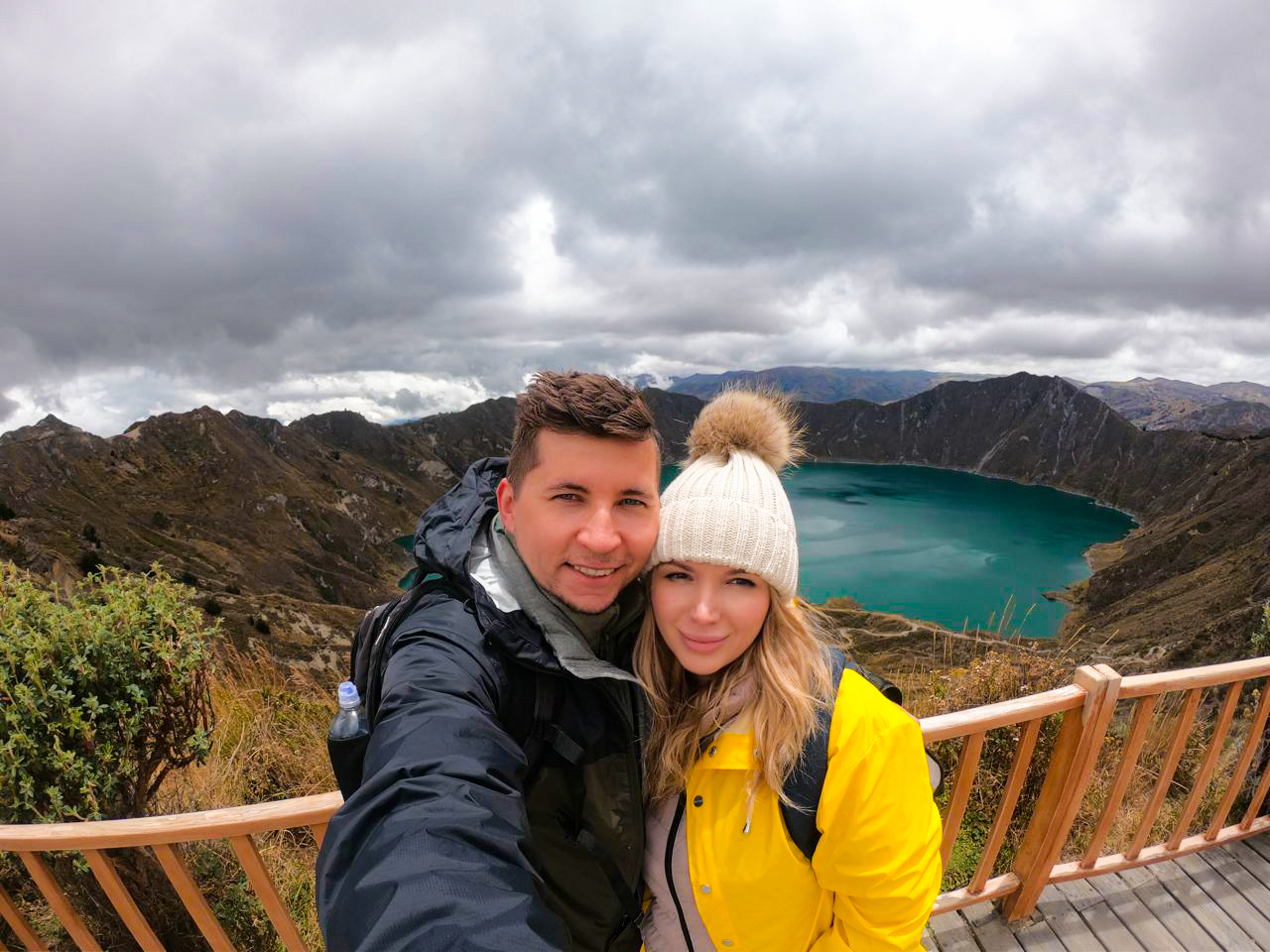Nestled deep in the Amazon basin of eastern Ecuador, the Cuevas de Jumandi, or Jumandi Caves, are a breathtaking natural wonder. This expansive cave system stretches for about two miles, winding through the stunning Cotundo Valley. My wife and I were excited to explore these ancient caverns, which promise a glimpse into the magical beauty of nature’s underground realm.
As we prepared for our adventure, we knew we were in for something special. The caves are often described as mystical, and they certainly live up to their reputation. In this post, I’ll share our brief but unforgettable experience in the Jumandi Caves, capturing the wonder we felt during our visit.
Ready to uncover the mystical beauty of the Jumandi Caves? Let our trusted local guides craft a personalized adventure just for you. Get your FREE travel quote today and explore Ecuador’s hidden wonders while supporting local communities!
Where to Find Jumandi Caves
The Jumandi Caves are situated in Napo Province, just a short distance from Archidona. We found them only about 2 kilometers away from Canton Tena, making for a quick 10-minute ride to reach this enchanting destination. The scenic drive through the lush surroundings set the stage for the adventure that awaited us.
How To Get To Jumandi Caves
By Bus via Archidona
To reach the incredible Jumandi Caves, we took a bus from Quito to Archidona in eastern Ecuador. The journey began at the Quitumbe bus terminal in Quito, where we found a variety of buses departing regularly. It was a straightforward trip that added to our excitement as we made our way toward the caves.
By Bus via Tena
We had the option of taking a bus to Tena from Quito, and we decided to go for it. The bus route was truly spectacular, offering breathtaking views throughout the journey. As we set off from Quito, we found ourselves traversing the majestic Andes, crossing a mountain pass near Papallacta. It was incredible to watch the landscape change before our eyes as we gradually descended into the lush valleys of the jungle, transitioning from open moors to the enchanting, dense forests that surrounded us. This scenic ride only heightened our anticipation for the adventure that awaited us at Jumandi Caves.
Via Private Tours
We opted for private transportation to reach the Jumandi Caves, which was arranged through our tour booked in Tena. It was convenient and allowed us to enjoy the journey without any hassle. There are plenty of tour agencies in Tena that offer various packages, and many of them include a visit to Jumandi Caves as part of their itinerary. It made the planning process easy, and we were excited to see what these mystical caves had in store for us!
Exploring the Caves
We embarked on our exploration of the Jumandi Caves with the help of our tour guide, Luis, who accompanied us as we ventured deeper into the caverns. Alongside him was a local Kichwa girl, a seventeen-year-old who was our cave guide. She communicated in her native language, and Luis translated her words for us, giving us a glimpse into her culture.
As we stepped into the depths of the Jumandi Caves, a wave of awe washed over me. The cool, damp air wrapped around us, accompanied by the gentle sound of water droplets echoing through the chambers. The stalactites hanging from the ceiling were mesmerizing, appearing as if crafted purely for artistic beauty. In some areas, we had to stoop low and crawl, while in others, we waded through shallow pools of water, adding to the adventure.
While navigating the dark caves, Luis shared stories about the historical significance of Jumandi Caves. He explained how they served as a refuge for the Kichwa people in ancient times and recounted the tale of Jumandi, the warrior chief of Quijos, after whom the caves are named.
As we continued our journey, we noticed catfish swimming gracefully in the cave waters. I couldn’t help but chuckle when a fellow tourist let out a startled shriek upon spotting a scorpion spider. Thankfully, it wasn’t me who discovered it first! We also encountered bat colonies that call these caverns home, and we made sure to respect their space as we passed through.
Time felt like it stood still as I absorbed the ancient beauty surrounding us. The only sounds were the gentle trickle of water and my own breath, which reminded me just how small I was in this vast underground world. It was a truly humbling experience, one that I will carry with me long after the trip.
Step into history and nature at the Jumandi Caves. Plan your unforgettable journey with the help of our local experts. Request your FREE travel quote now to experience this extraordinary Ecuadorian treasure while empowering indigenous communities!

Planning trip to Ecuador?
My wife and I rented a car for 15 days and traveled from the northern part of Ecuador to the south, visiting amazing cities like Quito, Otavalo, Baños, Cuenca, and Guayaquil. Along the way, we explored iconic places such as Cotopaxi National Park, Quilotoa Lake, and many more breathtaking destinations.
Not many blogs cover traveling in Ecuador in detail, so I spent nearly three weeks creating this comprehensive Ecuador travel guide based on our trip. It’s packed with everything you need to know, and honestly, I consider it the best free travel guide about Ecuador out there.
If you’re planning a trip to Ecuador, don’t forget to use my link for discounted hotel prices through Booking.com. It’s a great way to support my blog while saving money on your accommodations!
Conclusion
The Jumandi Caves are not just awe-inspiring natural wonders in Ecuador; they also carry deep historical significance. These caves serve as a poignant reminder of a turbulent time in Ecuadorian history when indigenous peoples faced the Spanish control of their ancestral lands.
Exploring these caves was a transformative adventure for me, evoking a profound sense of awe that resonated within my spirit. The experience felt like stepping back in time, connecting me with the rich history of the Kichwa people and their enduring connection to the land.
If you’re planning a trip to Tena, I wholeheartedly recommend including the Jumandi Caves in your itinerary. It’s a journey into nature and history that you won’t want to miss!



